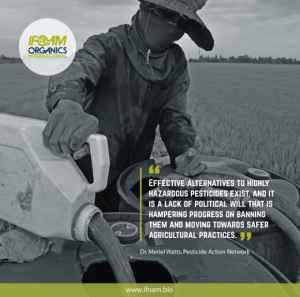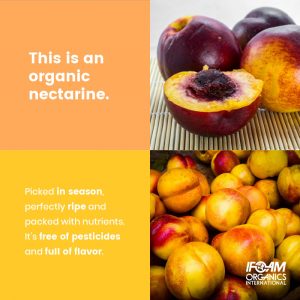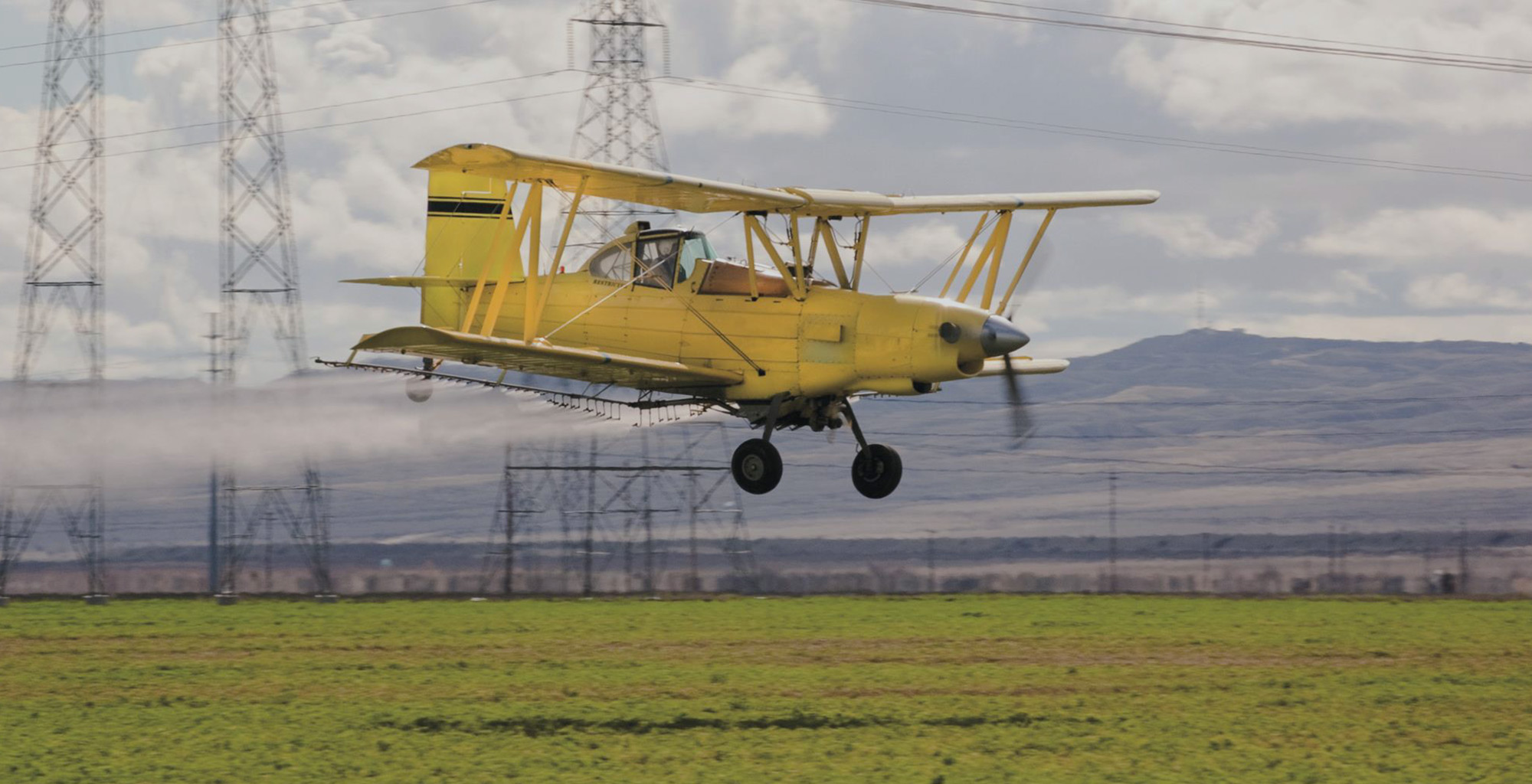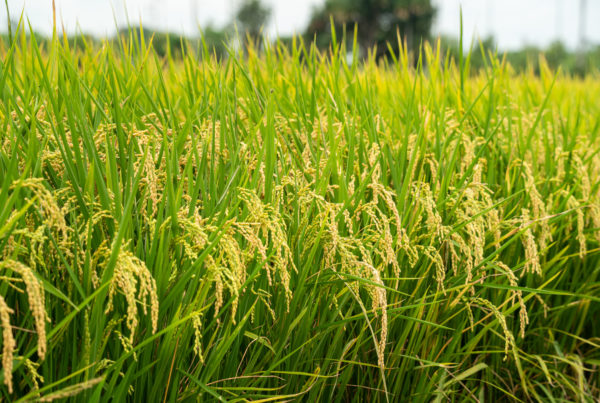Pesticides are released intentionally into our environment to kill living things. Pesticide residues are often found on conventionally grown produce. In the latest report about pesticide residues, the US based Environmental Working Group says nearly 70 percent of samples of conventionally grown produce were contaminated with pesticide residues.
According to The Dirty Dozen (EWG’s 2018 Shopper’s Guide to Pesticides in Produce™), almost 94 percent of nectarine samples contained two or more pesticides ranking them the third most contaminated product, after strawberries and spinach. One-third of all conventional strawberry samples contained 10 or more pesticides, while conventional spinach had relatively high concentrations of permethrin, a neurotoxic insecticide. But what exactly are these substances?
Pesticides
Pesticides are toxic substances released intentionally into our environment to kill living things. This includes substances that kill weeds (herbicides), insects (insecticides), fungus (fungicides), rodents (rodenticides), and others. The use of toxic pesticides to manage pest problems has become a common practice around the world.
Pesticides are used almost everywhere – not only in agricultural fields, but also in homes, parks, schools, buildings, forests, and roads, although they have a severe impact on our health as well as the environment.
Most pesticide formulations sold on the market are not tested adequately for safety. Regulatory authorities are ignoring a large body of peer-reviewed science showing the harm caused by pesticides and making decisions on data-free assumptions.
Pesticides & Human Health
Pesticides are linked to a number of human health hazards, ranging from short-term impacts such as headaches and nausea to chronic impacts such as cancer, reproductive harm, obesity, diabetes and endocrine disruption.
The World Health Organization estimates that there are 3 million cases of pesticide poisoning each year and up to 220,000 deaths, primarily in developing countries. Children as well as young and developing organisms are particularly vulnerable to the harmful effects of pesticides. Typically, chemicals are administered when laboratory animals are in their adolescence, a methodology that fails to assess the impact of in utero, childhood, and lifelong exposures.
Children who live on conventionally managed farms come in contact with pesticides routinely. Increased childhood cancer risk is reported to be associated with occupational exposure of the parents to pesticides.
Pesticides & the Environment
Pesticides have been used on fields across the world for almost 100 years, creating a buildup of adverse pollution in our environment. Now, nearly all pesticides can be detected in rain, air, fog, or snow at different times of the year. Their application is often not very precise: over 98% of sprayed insecticides and 95% of herbicides reach a destination other than their target.

Pesticides can be toxic to a host of organisms including birds, fish, beneficial insects, and non-target plants.
Animals at the top of the food chain are the most badly affected as they obtain the most concentrated toxins (bioamplification) leading to a decline in the population of top carnivores.
Some herbicides can reduce seed quality and it can increase the susceptibility of certain plants to disease, which poses a special threat to endangered plant species. Others are causing fish kill in waterways near treated fields or buildings. Certain insecticides have been shown in animal studies to impair the immune system and reproductive organ development.
How Organic Agriculture Deals with Pest Control
In organic agriculture, no harmful synthetic pesticides are used. In organic systems, farms are managed to maintain and build soil fertility and prevent pest problems.
Although many individual techniques used in organic agriculture are also used in a wide range of agricultural management systems, the difference is in how they are managed. Under the organic system, the focus is on maintaining and improving the overall health of the individual farm’s soil-microbe-plant animal system (a holistic approach), which affects present and future yields.
The emphasis in organic agriculture is on using inputs including knowledge in a way that encourages the biological processes of available nutrients and defense against pests. Most pesticides are prohibited in organic farming as they can hinder these processes.
In organic agriculture, management is directed towards preventing problems, while stimulating processes that assist in nutrition and pest management.
The real solution to our pest and weed problems lies in non-toxic and cultural methods of agriculture, not in pulling the pesticide trigger. Organically grown foods and sustainable methods of pest control are key to our families’ health and the health of the environment.

One of the best ways to reduce your exposure to pesticides is to choose organic produce.












